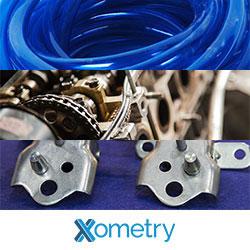Factory Automation in India
Nanolights
Bosch combines "Industrie 4.0" platform and Industrial Internet Consortium standards
Linear Servo Solution Conquers Traditional Inaccuracies, Delivering Impressive Throughput And Increased Flexibility
4D-Printed Concept Car Will Predict Your Wishes
Plattform Industrie 4.0 and Industrial Internet Consortium Agree on Cooperation
Mobile Robotic Fabrication System for Filament Structures
Patent Deployment in Smart Manufacturing
2016: Why Manufacturers Should Embrace Real-Time Data
Automotive Industry 4.0 - Disrupting the Industry?
3D Printing - Is this the Next Wave of Technology?
Boomers at Work: Retirement vs. Working … It's Complicated
A New Boeing Patent Describes Levitating 3D Printing
New Materials for Manufacturing: The Economist's Overview For 2015
Collaborative Robots Working In Manufacturing
Records 2596 to 2610 of 2809
First | Previous | Next | Last
Featured Product

